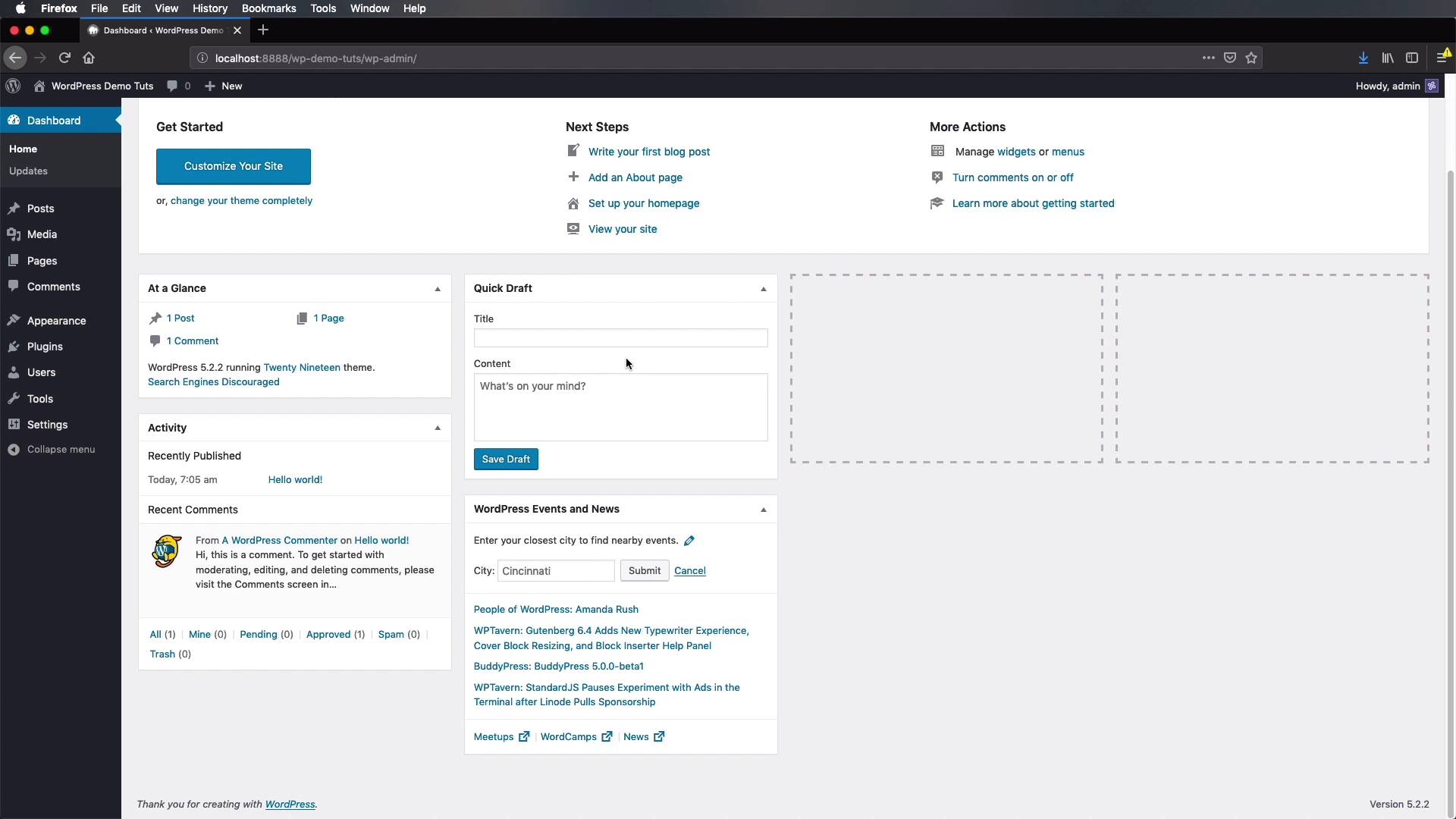Some Known Questions About Top 5 Plugins for Customizing CSS in WordPress.

More In-Depth for Writing and Organizing Custom CSS in WordPress
Custom CSS is a powerful tool that makes it possible for you to customize the appeal of your WordPress website. Whether you really want to alter the colors, fonts, or format, custom CSS gives you the adaptability to help make your web site look precisely the way you want it to. However, when it happens to writing and coordinating custom CSS in WordPress, there are actually some greatest practices that may assist enhance performance and maintainability. In this write-up, we are going to look into these absolute best methods and offer important suggestions for creating well-structured custom CSS.
1. Utilize a Youngster Theme:
One of the most important ideal strategies is to always use a little one theme when making modifications to your WordPress theme's CSS data. A youngster concept is basically a different style that inherits all the functionality and designing of its parent concept while making it possible for you to securely produce alterations without influencing the original data. This makes sure that your modifications won't be lost when updating your moms and dad theme.
2. Generate Separate Report:
To maintain your customized CSS arranged and easy to handle, think about creating separate report for different areas or parts of your website. For instance, you could possibly possess one data primarily for header styles, another for footer designs, and thus on. This mobile technique helps make it easier to situate certain code snippets when required.
3. Comment Your Code:
Incorporating remarks within your personalized CSS report is an vital technique for enhancing legibility and understanding. Comments allow you (and others) to quickly identify what each part or collection of code carries out without possessing to study it thoroughly. It also helps when taking another look at your code after a lengthy opportunity or working together with various other creators.
4. Use Descriptive Class Titles:

When writing custom-made CSS classes or I.d.s, decide on definitive labels that precisely exemplify their purpose or feature on the website. This produces it less complicated for both yourself and others who could operate on the task later on on to recognize what each lesson does without having to refer back regularly.
5. Avoid !crucial:
The !important affirmation is a highly effective CSS regulation that overrides any kind of other styles applied to an aspect. While it may be valuable in specific situations, it ought to be used occassionaly. Overusing !essential may lead to uniqueness problems and produce your CSS harder to handle and sustain.
6. Group Related Styles All together:
To strengthen organization and legibility, group related styles all together in your custom CSS data. For example, if you possess a number of styles that administer only to switches, group them all together somewhat than dispersing them throughout the report. This makes it simpler to locate and edit particular types when necessary.
7. Make use of CSS Preprocessors:
Take into consideration utilizing a CSS preprocessor like Sass or Much less to improve your customized CSS workflow. These tools permit you to utilize variables, mixins, nesting, and other advanced features that may considerably boost code reusability and maintainability.
8. Lessen Code Duplication:
Stay clear of replicating code whenever possible by taking advantage of heirloom and plunging homes in your personalized CSS. Instead of writing the same types various opportunities for various elements, try to find commonness and take advantage of inheritance or utilize courses for shared homes.
9. Test Responsiveness:
Ensure that your custom-made CSS is receptive all over various devices by testing your website on a variety of display screen sizes and settlements. This are going to assist recognize any sort of layout or designing concerns that require to be addressed for ideal customer encounter on all devices.
10. Frequently Review and Optimize:
As along with any kind of codebase, it's essential to on a regular basis evaluate and enhance your personalized CSS report for performance and efficiency. Eliminate any type of unused or repetitive styles, combine identical regulations all together, minify the code where feasible, and make sure that everything is well-organized for easier routine maintenance.
In verdict, following these best methods are going to not simply produce writing custom-made CSS in WordPress even more reliable but additionally guarantee that your code stays organized and easy to handle in the lengthy run. The secret is regularly producing changes within a little one motif, creating separate report, and documenting your code correctly. By applying these strategies, you can easily take complete perk of the adaptability and modification options that customized CSS provide in WordPress.
